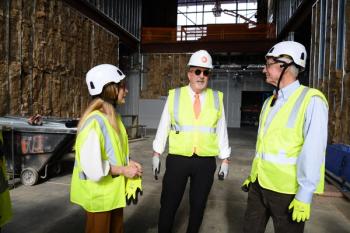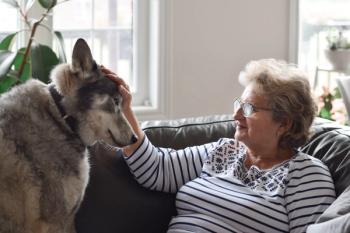
- Vetted November 2019
- Volume 114
- Issue 11
Should you rush to buy equipment before Dec. 31?
If the new equipment for your veterinary clinic will make you money, improve patient care and make work easier for your team, then, yes, the Section 179 tax deduction is a nice bonus from Uncle Sam! Learn more about it here.
Is your veterinary practice sitting on a large profit this year? Need a tax planning maneuver that will generate a maximum deduction for a minimum amount of cash? Consider the Section 179 deduction.
The Section 179 election has existed in one form or another for several years and has long provided a valuable tax benefit for practice owners. The deduction allows a clinic to claim an immediate write-off for qualified assets (purchased or leased) as opposed to taking a depreciation deduction over five, seven or even 10 years.
Caveats about 179
> To claim the deduction, the qualified property needs to be signed for and in service in the veterinary practice by the end of the year. No signing the paperwork around Christmas then receiving the delivery mid-January!
> Equipment acquired through a capital lease qualifies!
> Some states don't have tax laws that mirror the 179 deduction allowed by the IRS. In California, for instance, the maximum 179 deduction allowed is $25,000. Keep this in mind when doing your tax planning at the state level.
The Section 179 deduction applies to the purchase or lease of tangible personal property (such as a digital radiography, computer equipment or cabinetry) for use in a trade or business. The annual deduction limit is $1.02 million for tax year 2019, subject to a phaseout rule
There's also a taxable income limit: The amount of 179 expense allowed as a deduction is limited to the veterinary practice's taxable income that year. However, any amount you can't immediately deduct is carried forward to future years.
For some practice owners, the idea of financing or leasing expensive equipment before the end of the year is an attractive one. The practice owner needs to come up with only a down payment or an initial lease payment, yet still benefits from a deduction for the entire purchase. While this plan is effective in Year 1, things flip in Years 2 through 5, when cash is going out the door toward the loan/lease, but no deduction is being generated. This is otherwise known as phantom income.
In my professional opinion, acquiring a large piece of equipment should be more about how it
That said, if the acquisition makes sense for your hospital, then take advantage of the Section 179 deduction.
Tom McFerson, CPA, ABV, is partner at the veterinary accounting firm Gatto McFerson in Santa Monica, California.
Articles in this issue
about 6 years ago
Joint disease in cats: Assume the worst and treat for the bestabout 6 years ago
Journal Scan: Feline diabetes and the gut microbiomeabout 6 years ago
Advice for veterinarians: Surgical trauma and the second victimabout 6 years ago
Why the 'dental' divides our professionover 6 years ago
How a new rule could force changes to your veterinary facilityNewsletter
From exam room tips to practice management insights, get trusted veterinary news delivered straight to your inbox—subscribe to dvm360.





